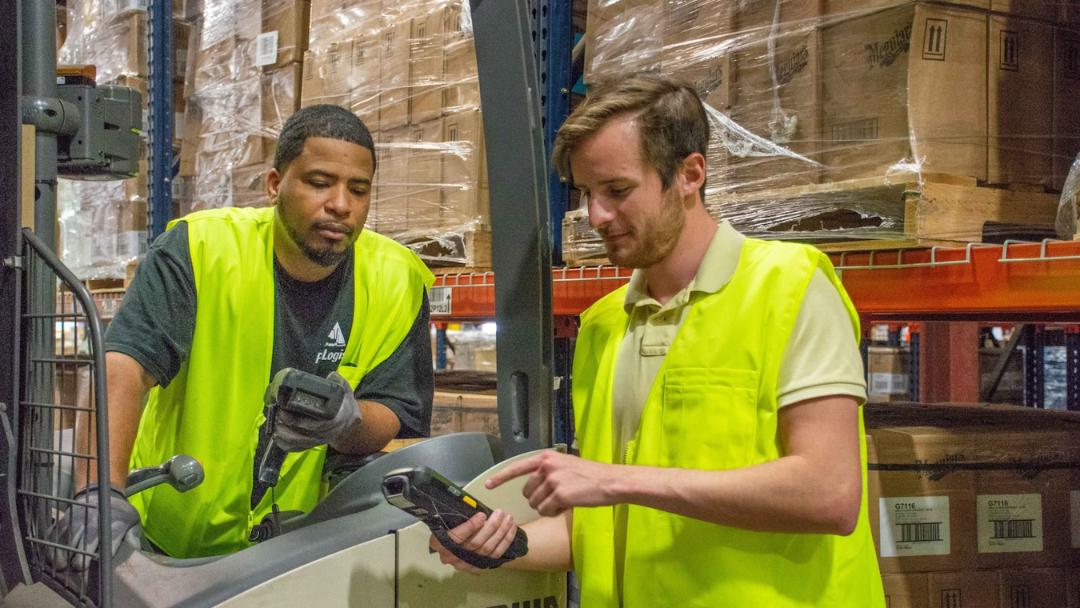Most leaders have a pretty clear picture of the costs that impact their business. They can tell you their costs for raw materials, what they spend on building overhead or machinery, and how expensive their workforce is. Many can even identify the cost of hiring new workers - we’ve estimated that recruiting costs can exceed $8,000 per worker when you’re doing it on your own.
But what’s missing? One of the most significant factors in why your team may experience turnover. Some amount of attrition is natural, but companies can end up spending far too much - while missing out on a lot of productivity - when their turnover is higher than necessary.
There can be lots of reasons workers leave a position. Employers can do little to change some of them. When a worker has to move to a new location, has the opportunity for a big wage increase, or gets offered a better title at another company, their current employer may not be able to compete. However, there are a lot of times when workers leave simply to try something new, to find a new work environment, or to look for a more supportive boss or employer. In those situations, employers who focus on engaging their employees and providing them with support and opportunities have the opportunity to retain those workers and their institutional knowledge.
In the face of COVID-19 and the competitive hiring environment for warehouses and logistics in particular, engaging and retaining hourly workers is more important than ever before.
Digging Deeper into Worker Engagement and Retention
Why does employee engagement really matter? Because it’s a cornerstone of job satisfaction, productivity, and long-term retention, and it’s linked closely with performance outcomes. Keeping workers engaged helps companies build a stable, productive workforce and keep the costs of hiring and turnover low.
At this point, however, retention relies on more than just keeping workers engaged. For workers in 2021, their desire to stay with a company long-term has been heavily impacted by how their employer reacted to the COVID-19 pandemic.
We surveyed workers earlier this year to better understand how the pandemic hand impacted them, and we found that their perception of their employer’s COVID response had a strong connection to how long they intended to stay at their current job. Those who thought their employer had an excellent response were far more likely to intend to stay with their current company for 2+ years, while those who thought their employer had a poor response were more likely to intend to find a new job within the next 6 months.
| % of workers who intend to leave within 6 months | % of workers who intend to stay 2+ years | |
| Poor employer COVID-19 response | 34% | 28% |
| Excellent employer COVID-19 response | 21% | 69% |
What Companies Can Do
So now for the big question: what can and should companies be doing to retain their workers and keep their best talent engaged?
Traditionally, employee engagement strategies focus on soliciting employee feedback, taking action on what workers are most concerned about, showing appreciation for great work, and giving workers opportunities for growth and advancement. With COVID-19 in the mix, it’s also imperative that companies focus on making workers feel safe and supported during the pandemic.
One trend we found most interesting in our worker survey was the importance of the relief and benefits that companies provided to their workers.
90% of workers who say their employers responded poorly to COVID-19 report that their company did not offer employees any additional relief or benefits.
Businesses whose employees thought they reacted well to the pandemic - and thus say they intend to stay with the company longer - were much more likely to have provided benefits like additional sick leave for those who are impacted by the virus or tele-health services.
And for workers who thought their companies had done poorly - and thus are more likely to leave within the next six months - there were clear, simple actionable steps they wanted their employers to take. We found the most common wants for those workers were simple: limiting the number of people in their workspace and providing or enforcing the use of masks.
Businesses that are able to build a loyal workforce and show workers they matter will see those actions pay off as workers stay longer and are more productive. In the long-run, this has a clear impact on productivity, recruiting costs, and the bottom line.


